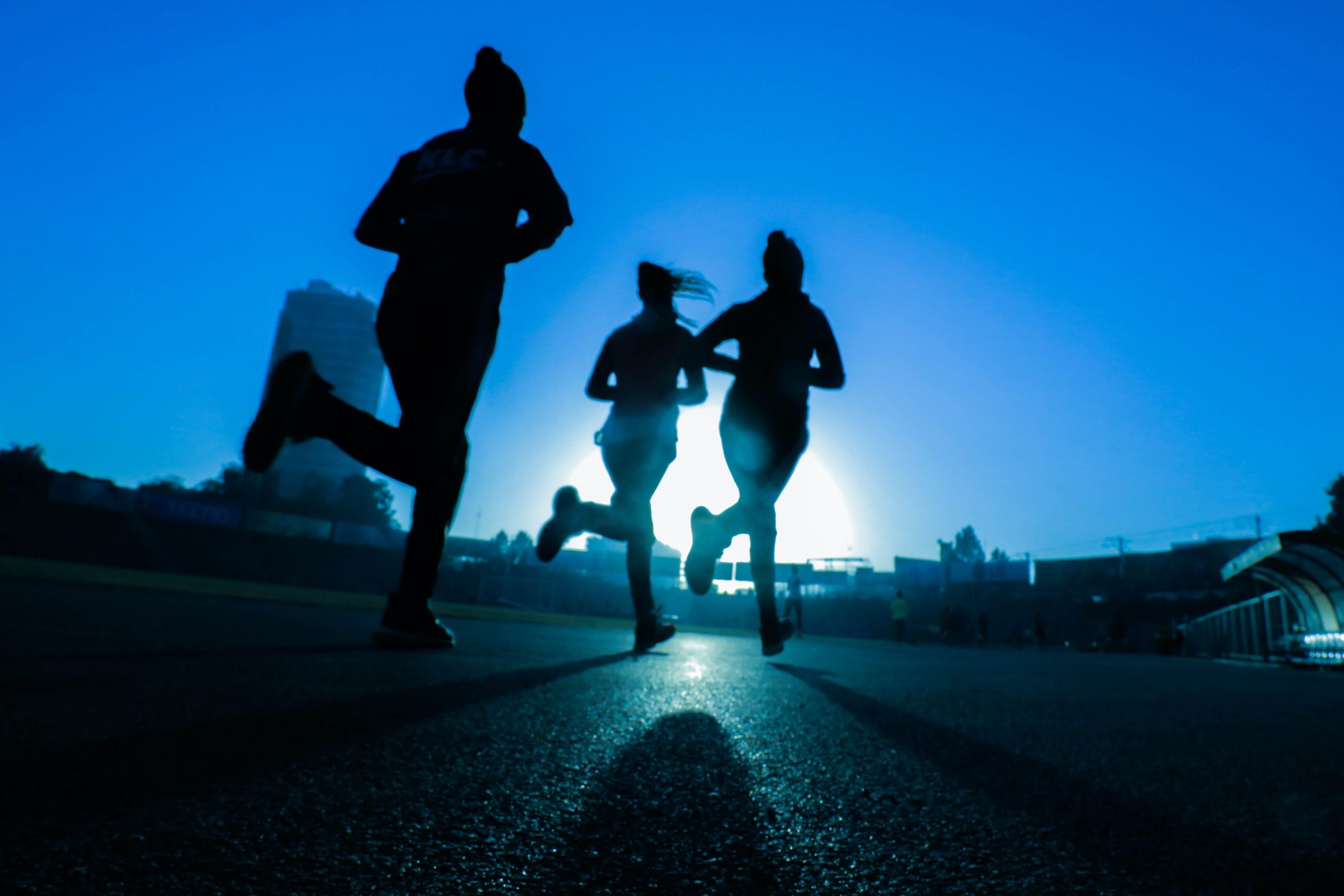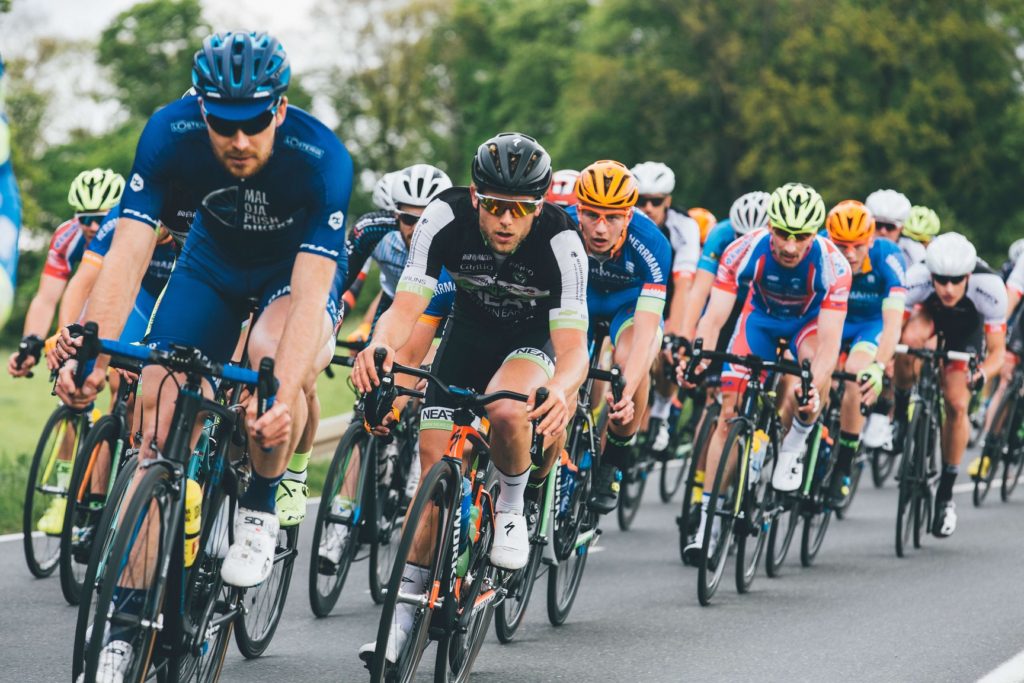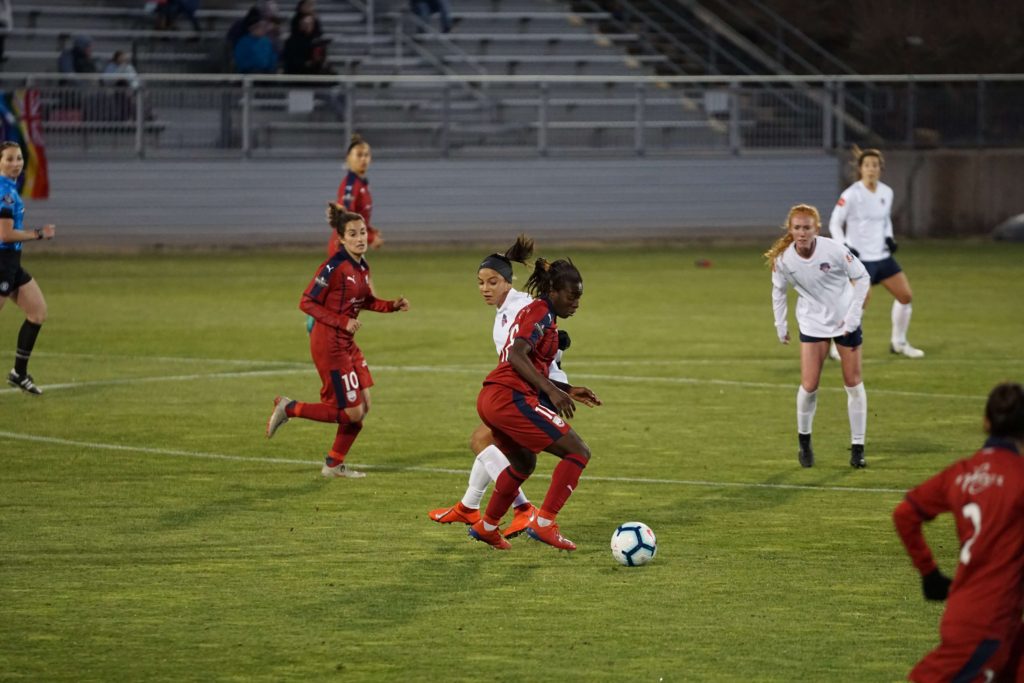Former NBA player and “God of basketball,” Michael Jordan, used to receive guidance on “mindfulness meditation” from a sports psychologist during his playing days. In tennis, Novak Djokovic has also revealed he adopts mindfulness and yoga as part of his practice. Mindfulness is a way of understanding to live in the present moment. Its use has been familiar with medical and welfare settings. Now, mindfulness is gaining more popularity as a self-improvement tool, with more people implementing its practice, including professional athletes. Let’s take a look at the impact of mindfulness and sports and how we can enter a flow state for maximized performance.
Contents
What is A Flow State?
Have you ever heard athletes talk about “being in the zone”? This “zone” is the hyper-concentrated focus state, also known as the “flow state.” This is where a person’s sense of awareness rises while distractive thoughts and sounds disappear from consciousness. Some people describe this moment as people and objects moving slowly, or as if time stops. Many athletes set personal best records and make incredible moves when they are in this unique state.
A flow state is not limited to sports and could be applied to studies, work, and hobbies. The flow maximizes concentration and brings out the best performances. Wouldn’t it be great to harness this power? In fact, anybody can enter a flow state using tactics of mindfulness in sports.
Mindfulness in Sports: How to Enter a Flow State
There are 7 known ways to enter a flow state:
- Have a dream or goal – increase excitement and positivity
- Cherish feelings of fondness – enhance concentration through interests
- Prepare – create an environment for focus and eliminates distractions
- Imagine – imagine the entire process from preparation to the sense of accomplishment when finished
- Focus on the NOW – do not think of past failures, future concerns, etc.
- Believe in yourself – act with confidence even no matter what
- Decide on a timeframe and push yourself – give yourself many tasks to complete in a short period
Conscious awareness of these points will help induce an easier entrance into a flow state. Applying mindfulness in sports practice will help with this whole entire process. Mindfulness meditation teaches us how to control our consciousness while eliminating negative thoughts. With training, we can successfully inspire ourselves from within to enter flow states.
Athletic Burnout and Mindfulness
Physical or mental burnouts are common among athletes as they push themselves to the limit. Many work hard to achieve goals and continue to perform despite their physical limitations. Some athletes can lose motivation and enthusiasm when results don’t match their efforts and expectations.
In academic terms, people prone to burnout conditions are believed to have “alexithymia” tendencies. These individuals have difficulties in recognizing and discussing emotional and physical sensations when abnormalities are present.
The following characteristics are found in people who are prone to alexithymia:
- ・Easily nervous
- ・Easily anxious
- ・Perfectionist
- ・People-pleaser
- ・Too serious and overly responsible
- ・Overly sensitive
- ・Has not learned any stress-coping mechanisms
If these characteristics sound familiar, you’ll need tools to face your inner thought process objectively. This is another area where mindfulness becomes helpful. A reflection inwards to accept different emotions and objectivity to our thoughts builds excellent strength to deal with our challenges.
Mindfulness and Cardio as an Anti-Depressant
Research shows that mindfulness meditation and aerobic exercise (cardio) work together very well. It increases neurogenesis in the brain and helps improve depression. Until now, psychotropic drugs have been the most common treatment for depression, but mindfulness meditation and aerobic exercise can be practiced for a lifetime without serious side effects.
It’s unlikely for stress to completely disappear from this world. Anyone can develop depression and mental disorders under certain circumstances. As a preventative measure, it’s important to practice good self-care. Mindfulness has many possibilities in maintaining both physical and mental health. Applying mindfulness in sports practice, studies, and hobbies can enhance our fulfillment in all activities and overall life quality.
If you’re looking for other ways to regulate your emotions, check out some of our past blog posts!
Looking to improve your mental health? Try the SELFMIND app FREE for a week!”
References:
Alderman, B. L., Olson, R. L., Brush, C. J., & Shors, T. J. (2016). MAP Training: Combining Meditation and Aerobic Exercise Reduces Depression and Rumination While Enhancing Synchronized Brain Activity. Translational Psychiatry, 6, e726, 1-9. doi: 10.1038/tp.2015.225
Amemiya, R., & Sakairi, Y. (2015). The Role of Athletesʼ Mindfulness in Alexithymia and Burnout. Japanese Journal of Sport Psychology 42(2), 81-92. doi: 10.4146/jjspopsy.2015-1416






